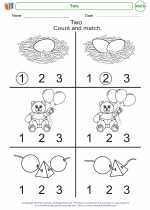Numbers 1-10
In kindergarten math, we start by learning about the numbers 1 to 10. These numbers are the building blocks of early math education and are the foundation for understanding more complex mathematical concepts.
1. Number Recognition
First, students learn to recognize and identify the symbols for each number. They become familiar with the shapes and patterns that make up each numeral.
2. Counting
Students practice counting from 1 to 10, both forwards and backwards. They learn to associate each number with a specific quantity of objects, such as counting out 5 blocks or 8 crayons.
3. One-to-One Correspondence
Students learn the concept of one-to-one correspondence, which means matching each object in a set to a number. For example, they learn that when counting a set of apples, each apple is matched to a number as they count.
4. Number Order
Students learn the correct order of the numbers 1 to 10 and practice arranging them in sequence.
5. Number Representation
Students explore different ways to represent each number, such as using tally marks, ten frames, and number words. This helps them understand that numbers can be shown in various forms.
6. Basic Operations
Students are introduced to basic mathematical operations such as addition and subtraction within the context of the numbers 1 to 10. They learn to combine and separate quantities using these numbers.
By mastering the numbers 1 to 10, students build a strong foundation for further mathematical learning and develop important skills that will help them succeed in more advanced math concepts.
.◂Math Worksheets and Study Guides Kindergarten. Numbers 1-10

 Coloring Worksheet
Coloring Worksheet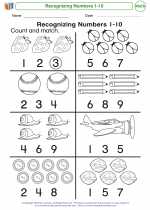
 Coloring Worksheet
Coloring Worksheet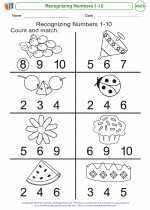
 Coloring Worksheet
Coloring Worksheet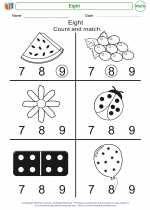
 Coloring Worksheet
Coloring Worksheet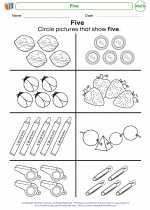
 Coloring Worksheet
Coloring Worksheet
 Coloring Worksheet
Coloring Worksheet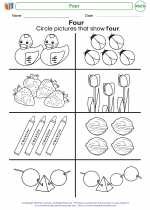
 Coloring Worksheet
Coloring Worksheet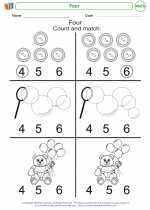
 Coloring Worksheet
Coloring Worksheet
 Coloring Worksheet
Coloring Worksheet
 Coloring Worksheet
Coloring Worksheet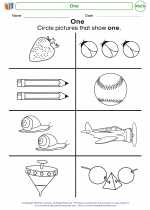
 Coloring Worksheet
Coloring Worksheet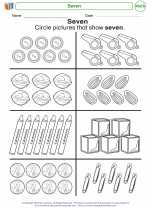
 Coloring Worksheet
Coloring Worksheet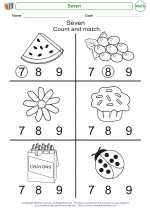
 Coloring Worksheet
Coloring Worksheet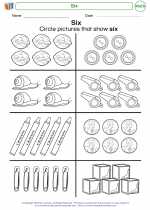
 Coloring Worksheet
Coloring Worksheet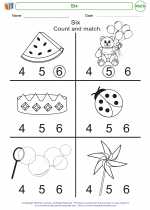
 Coloring Worksheet
Coloring Worksheet
 Coloring Worksheet
Coloring Worksheet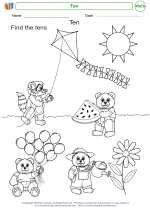
 Coloring Worksheet
Coloring Worksheet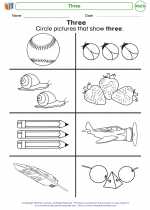
 Coloring Worksheet
Coloring Worksheet
 Coloring Worksheet
Coloring Worksheet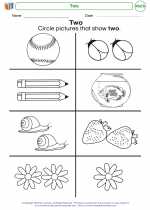
 Coloring Worksheet
Coloring Worksheet